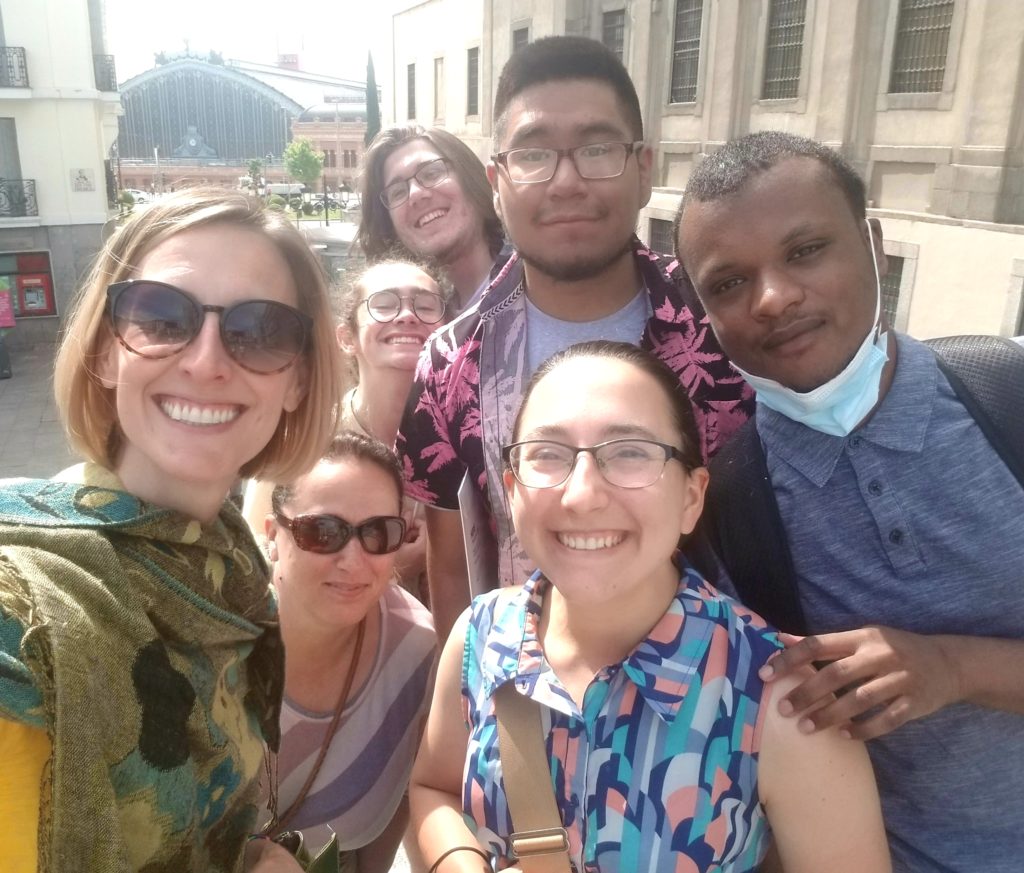In May, 2022, the Chronicle of Higher Education invited me and five other experts to contribute to a forum on solving the student disengagement crisis. The full forum is behind a paywall here: https://www.chronicle.com/article/how-to-solve-the-student-disengagement-crisis, but you can read my contribution below. For me, the most important thing we can do is build authentic human connections with our students–in both our online and our face-to-face classes.

Student disconnection didn’t happen overnight, and it can’t be solved by any single professor’s innovative pedagogy. But there are things we can do at both the individual and the institutional levels to support and engage students. At the individual level, it starts by making authentic human connections.
Decades of research has shown that the best way to ensure that students are successful in college is to help them build relationships — with professors, with mentors, and with peers. Professors are especially critical here. The more positive interactions students have with faculty members, the more likely they are to graduate. When students feel like their professors care about their success and are there to help, they will be more committed and engaged.
That is why flexible deadlines aren’t enough. Building rapport with students doesn’t just happen in the last few weeks of the semester; it begins before the class even starts. A welcome email, a pre-semester survey, or a warm and engaging syllabus are all ways to signal to students that their success matters.
Once class starts, continue to build rapport by bringing students into the course material: Let them vote on case studies, give them a turn at leading the discussion, hold active-learning simulations, or move class outside for an impromptu discussion of current events.
The pandemic has taught students that they can get most of the course content by reading the textbook or watching a recorded lecture. So what is the value of coming to class? It has always been human connection — the give and take of discussion, the knowledge gained through solving a problem together, the fun of exploring an outlandish counterfactual, the sincere inquiry of a spur-of-the-moment question. We need to rediscover the unique advantages of learning together in a shared space. That means connecting with students on a human level. We can’t leave it to those who this kind of work often falls on: women, faculty of color, queer faculty, and first-gen faculty. We need all hands on deck if we are going to overcome this disconnection crisis.
For more research and ideas on how to connect with students, check out my book, “Connecting in the Online Classroom: Building Rapport Between Teachers and Students” (Johns Hopkins University Press, 2021).